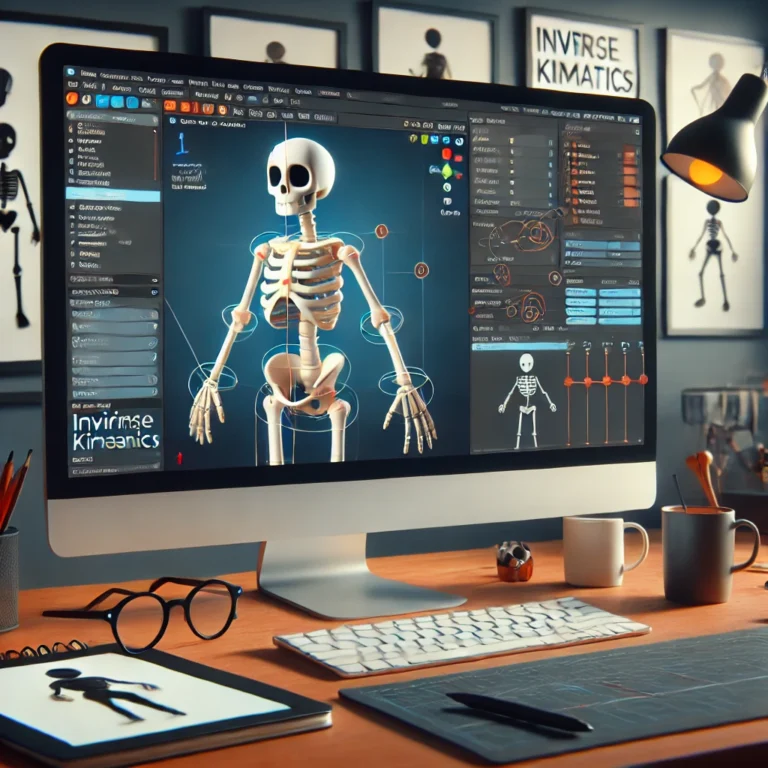Mastering 3D Design with SolidWorks: A Complete Guide
Whether you’re an engineering student, a product designer, or a manufacturing professional, 3D modeling is a vital skill—and SolidWorks stands as one of the most powerful tools in the industry. But what exactly is SolidWorks, and how can you harness its full potential?
In this guide, we’ll break down everything you need to know about SolidWorks—from its key features to real-world applications—so you can decide if it’s the right 3D software for your needs.
What is SolidWorks?
SolidWorks is a computer-aided design (CAD) and computer-aided engineering (CAE) software developed by Dassault Systèmes. Known for its intuitive interface and powerful capabilities, it allows users to create precise 3D models, assemblies, and 2D drawings.
Why Choose SolidWorks?
- User-friendly interface ideal for beginners and professionals
- Powerful parametric modeling tools
- Excellent for mechanical design and simulation
- Strong community support and learning resources
SolidWorks is widely used in industries such as automotive, aerospace, manufacturing, and product development, making it one of the most in-demand skills in engineering and design fields.
Key Features of SolidWorks
1. Parametric 3D Modeling
At its core, SolidWorks uses parametric modeling, which means every design is driven by parameters (like dimensions or constraints). This makes design changes quick and easy—update a dimension and the model updates automatically.
2. Assemblies and Mates
SolidWorks allows users to combine multiple parts into a single assembly, where relationships (called “mates”) define how components move or fit together.
3. Simulation and Analysis Tools
With integrated simulation capabilities, you can test the strength, durability, and performance of your designs under real-world conditions—before creating a prototype.
4. Sheet Metal and Weldments
SolidWorks includes specialized tools for designing sheet metal parts, welded frames, and fabricated structures, making it ideal for industrial and structural design work.
5. Drawing and Documentation
The software can automatically generate 2D technical drawings from 3D models, complete with dimensions, annotations, and material callouts.
Who Uses SolidWorks?
SolidWorks is used across a variety of industries and professions, including:
- Mechanical Engineers: For designing complex mechanical systems and assemblies
- Industrial Designers: For conceptualizing and modeling consumer products
- Architects and Civil Engineers: For structural components and mechanical building systems
- Product Developers: For prototyping and refining product ideas
It’s also widely taught in engineering schools and technical training programs as a go-to CAD solution.
Benefits of Using SolidWorks
Enhanced Productivity
With features like design automation, configuration management, and reusable components, SolidWorks helps users work faster and more efficiently.
High Precision and Detail
SolidWorks models are extremely detailed and accurate, allowing for tight tolerances and complex geometries essential in modern engineering.
Integrated Ecosystem
The SolidWorks suite includes tools for:
- Electrical design (SolidWorks Electrical)
- Data management (PDM)
- 3D rendering (Visualize)
- CAM and CNC programming (CAMWorks)
This integrated environment allows teams to collaborate seamlessly across departments.
Strong Community and Support
Users have access to a vast online knowledge base, forums, user groups, and certified training centers. Whether you’re self-learning or looking for formal instruction, resources are readily available.
Learning SolidWorks: Where to Start
If you’re new to SolidWorks, here are some practical ways to get started:
1. Official Training
SolidWorks offers certified training courses through authorized resellers. These cover everything from basic modeling to advanced simulation.
2. Online Tutorials and Courses
There are countless YouTube tutorials, Udemy courses, and LinkedIn Learning paths that walk you through hands-on projects step-by-step.
3. Certification
The Certified SolidWorks Associate (CSWA) and Certified SolidWorks Professional (CSWP) are great ways to validate your skills and boost your resume.
Pro Tip: Start with simple parts like brackets or phone holders, then move to more complex assemblies like gearboxes or robotic arms.
SolidWorks vs. Other 3D CAD Software
| Feature | SolidWorks | AutoCAD | Fusion 360 | CATIA |
|---|---|---|---|---|
| Type | Parametric CAD | 2D/3D Drafting | Cloud-based CAD/CAM | Advanced PLM |
| Ease of Use | ⭐⭐⭐⭐ | ⭐⭐⭐ | ⭐⭐⭐⭐ | ⭐⭐ |
| Industry Use | Mechanical, Manufacturing | Architecture, Drafting | Hobbyists, Startups | Aerospace, Automotive |
| Cost | Premium | Varies | Free (personal use) | Expensive |
SolidWorks stands out for its mechanical design focus and wide adoption in professional settings.
Licensing and Pricing
SolidWorks is a premium software, and pricing varies based on the version:
- SolidWorks Standard: Core modeling tools
- SolidWorks Professional: Adds file management and rendering
- SolidWorks Premium: Includes simulation and advanced features
Licenses can be perpetual or subscription-based, with options for businesses, educators, and students.
Student Tip: Many universities offer free or discounted SolidWorks licenses for enrolled engineering students.
Final Thoughts: Is SolidWorks Right for You?
If you’re looking for a powerful, reliable, and industry-standard 3D CAD software, SolidWorks is a top contender. From solo inventors to large engineering teams, it’s trusted by professionals worldwide for its robust features and precision.
Ready to Start Designing?
Whether you’re prototyping your next big idea or honing your engineering skills, SolidWorks offers the tools you need to bring your designs to life.

Zain Jacobs is a writer for TheNetUse, providing in-depth reviews, tips, and insights on the latest software apps to help users maximize their digital experience.






